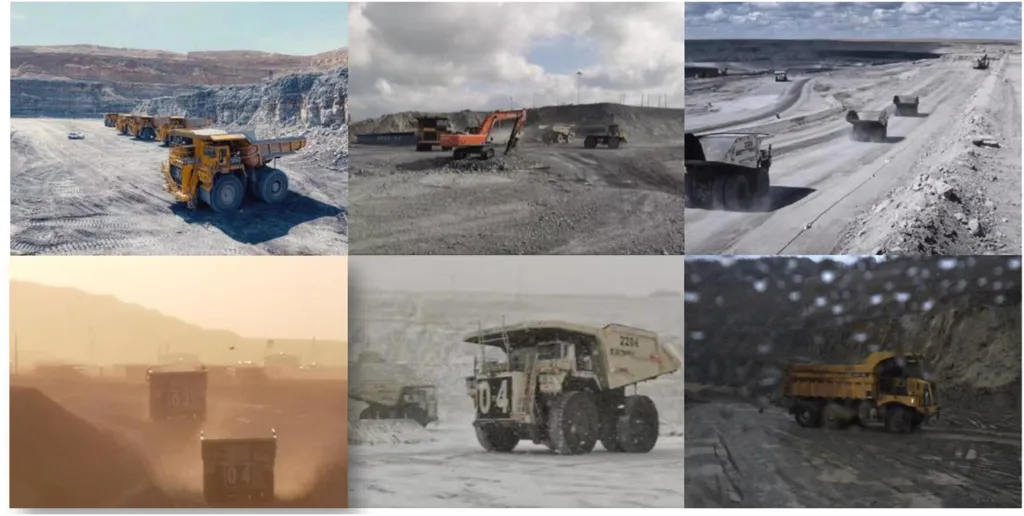In the ever-evolving landscape of autonomous driving, a groundbreaking study led by DENG Chao, published in the journal *Kongzhi Yu Xinxi Jishu* (translated as *Control and Information Technology*), is set to revolutionize the way mining trucks navigate open-pit environments. The research addresses a critical challenge in the mining industry: the rapid changes in road environments due to continuous production advancements, which current manual data collection methods struggle to keep up with.
DENG Chao’s innovative approach involves dynamically constructing and updating global grid maps using onboard sensor fusion results. This method segments the environment into 2° sectors within a 180° range in front of the trucks, extracting the closest point in each sector to define drivable areas. “By using a breadth-first search (BFS) algorithm, we can efficiently search for all nodes within these areas, ensuring real-time updates and accuracy,” explains DENG Chao.
The implications for the energy sector are profound. Open-pit mining is a cornerstone of energy resource extraction, and the efficiency of autonomous mining trucks directly impacts operational costs and safety. The proposed method not only reduces delays in map updating but also enhances the accuracy of road boundary perception and real-time planning. “Our experiments showed a boundary point extraction error within ± 50 cm for retaining walls and a usability rate exceeding 90% for the extracted boundary points,” DENG Chao adds, highlighting the precision and reliability of the system.
The commercial impact of this research is significant. Mining companies stand to benefit from increased productivity and reduced downtime, as autonomous trucks can navigate dynamically changing environments with greater accuracy and speed. The use of the Least Recently Used (LRU) algorithm to manage sub-matrices between internal and external memories further optimizes storage efficiency and read/write performance, ensuring that only relevant data is loaded.
As the energy sector continues to embrace automation, DENG Chao’s research offers a glimpse into the future of mining operations. The ability to dynamically update maps and accurately perceive road boundaries could pave the way for more efficient and safer mining practices. This study not only addresses current challenges but also sets the stage for future advancements in autonomous driving within the mining industry.

